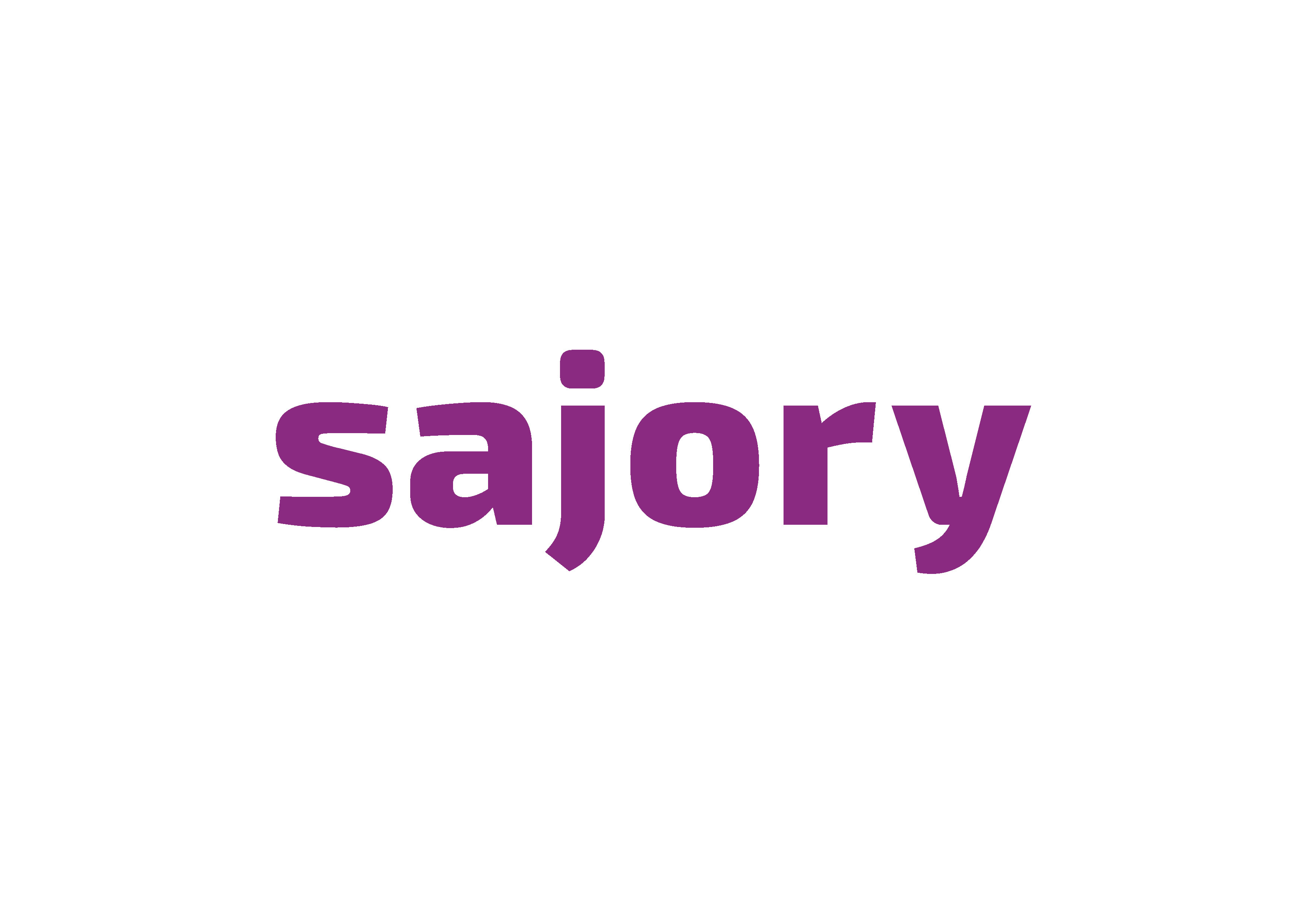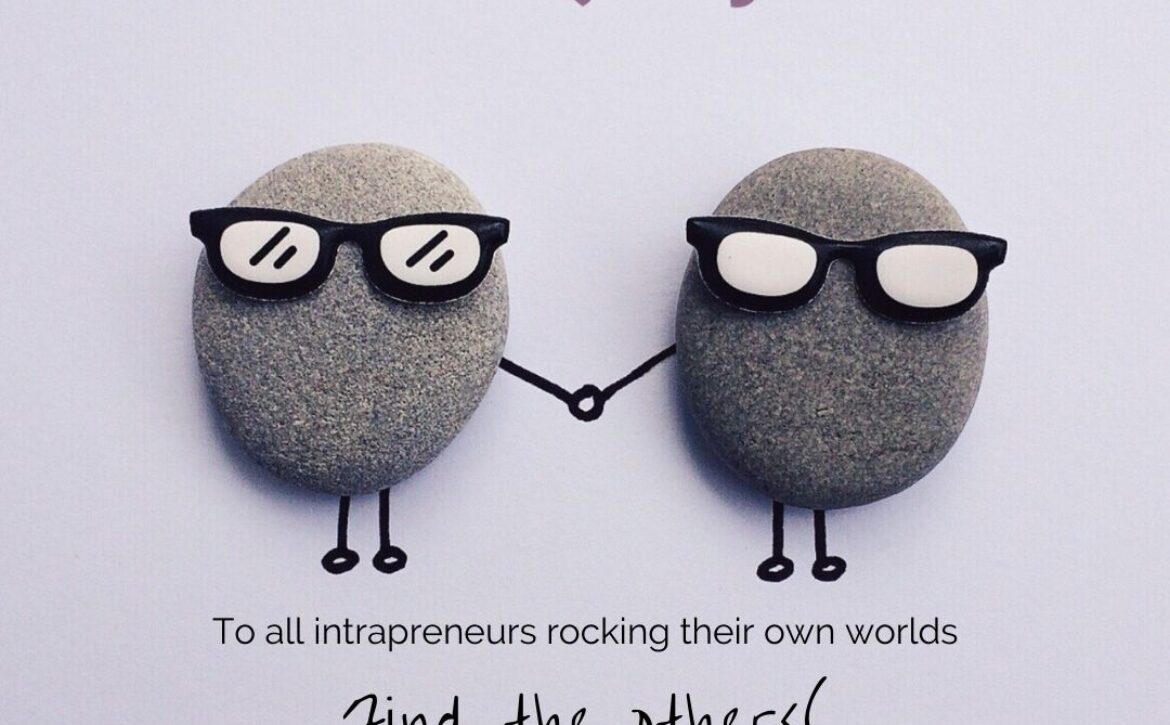Pulse on resilience
Jack Ma co-founded Alibaba Group, one of the world’s largest e-commerce businesses.
His current net worth is over $44 Billion dollars, and his work has impacted the entire economy and internet industry of China.
He started with a $12 per month salary as an English teacher.
But before even getting to this level, he faced multiple rejections in his life.
At school, he failed primary exams, two times.
In middle school, he failed three of his main exams
When applying for university, he failed entrance exams three times, before finally joining Hangzhou Normal university.
He had dreamed of being at Harvard for so long that he applied 10 times, and was rejected in all.
After university, luck didn’t come his way still.
The police force rejected his application 5 times.
When KFC first opened in China, they hired 23 people out of the 24 who applied. Guess who didn’t make it.
Two ventures he started failed, before finally Alibaba saw the first light in his apartment, backed by 17 friends who saw something in his resilience to failure.
The rest is history. The failures are very hard. Yet he took each one of them as a learning opportunity, accepting the fact that he just didn’t do good this time, and next time he’ll do better. But his resilience and attention to details helped him to never stay fallen after rejection. For some reason he wouldn’t stop.
How’s your resilience pulse checking?



